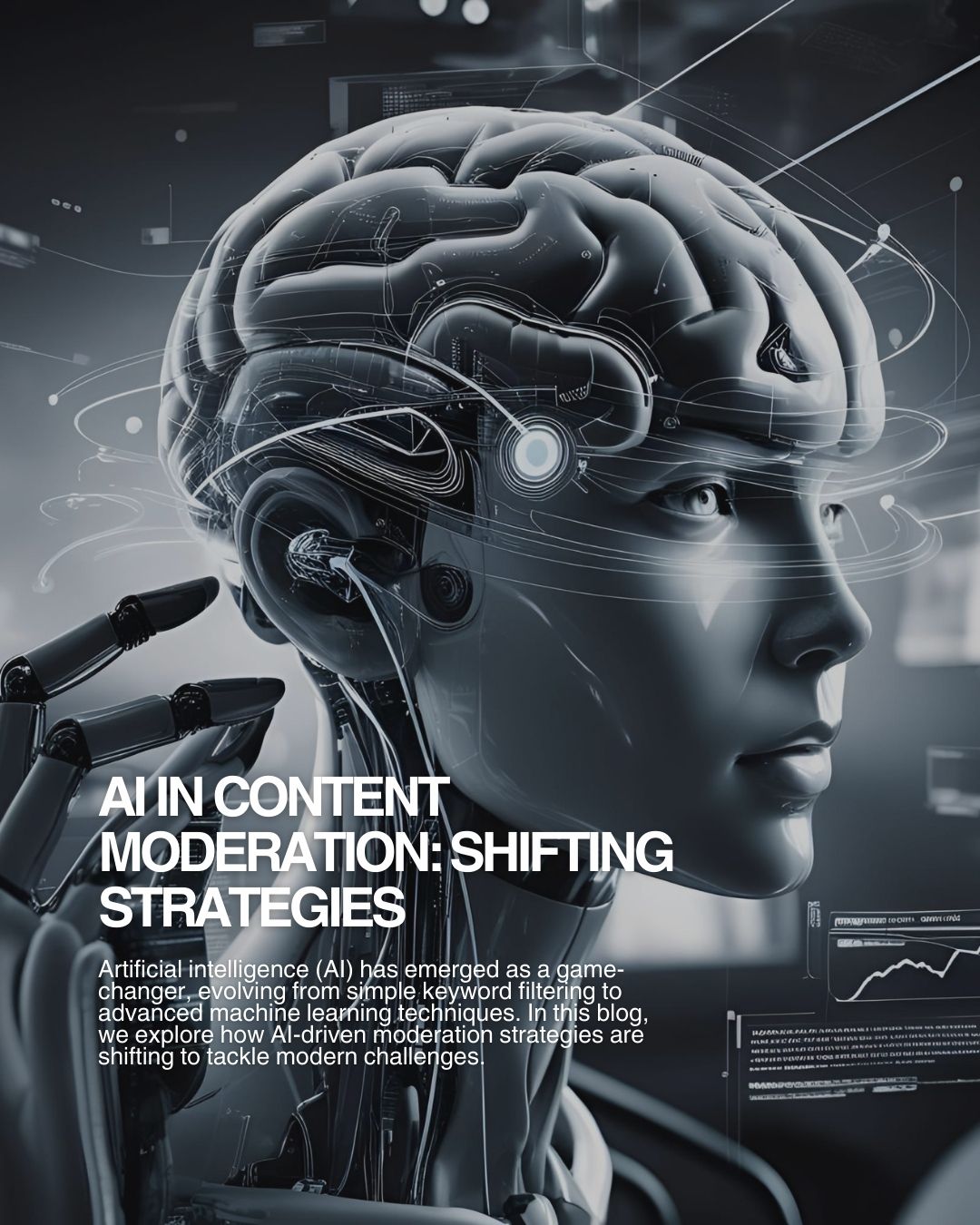
The Importance of Personalization in Customer Experience
Personalization is no longer just a nice-to-have feature in customer experience; it has become a critical element in meeting customer expectations and driving business success. By tailoring interactions, content, and offers to individual preferences and behaviors, businesses can enhance customer satisfaction, loyalty, and ultimately, their bottom line. Here’s why personalization is important and how to implement it effectively.
1. Enhances Customer Satisfaction
- Relevant Content: Personalization ensures that customers receive content, offers, and recommendations that are relevant to their interests and needs.
- Positive Interactions: Tailored experiences make customers feel valued and understood, leading to more positive interactions.
- Reduced Frustration: Personalized services reduce the time and effort customers spend searching for products or information, minimizing frustration.
2. Increases Customer Loyalty and Retention
- Stronger Relationships: Personalized experiences foster deeper connections between customers and brands, increasing loyalty.
- Repeat Purchases: When customers feel a personal connection with a brand, they are more likely to make repeat purchases.
- Customer Retention: Tailored experiences can significantly improve customer retention rates by continuously meeting customer needs.
3. Boosts Conversion Rates and Sales
- Targeted Offers: Personalized offers and recommendations can directly influence purchase decisions, boosting conversion rates.
- Higher AOV (Average Order Value): Customers are more likely to add additional items to their cart when they receive personalized product recommendations.
- Upselling and Cross-Selling: Personalization enables effective upselling and cross-selling strategies by suggesting complementary products.
4. Improves Marketing Efficiency
- Better ROI: Personalized marketing campaigns tend to have higher engagement and conversion rates, leading to better return on investment.
- Resource Allocation: Resources can be allocated more efficiently by focusing on high-value customer segments with tailored messaging.
- Data-Driven Insights: Personalization relies on data, providing valuable insights into customer preferences and behaviors that can inform future marketing strategies.
5. Enhances Brand Perception
- Brand Differentiation: Personalized experiences can differentiate a brand from its competitors, creating a unique selling proposition.
- Customer Advocacy: Satisfied customers are more likely to become brand advocates, sharing their positive experiences with others.
- Trust and Credibility: Consistently delivering personalized experiences can build trust and credibility, enhancing the overall brand perception.
How to Implement Personalization
1. Collect and Analyze Customer Data
- Data Sources: Gather data from various sources such as website analytics, purchase history, social media interactions, and customer feedback.
- Customer Profiles: Build detailed customer profiles to understand individual preferences, behaviors, and needs.
- Segmentation: Segment your audience based on demographics, behavior, and psychographics to tailor your personalization efforts.
2. Leverage Technology
- CRM Systems: Use Customer Relationship Management (CRM) systems to manage customer data and interactions.
- AI and Machine Learning: Implement AI and machine learning to analyze data and deliver personalized recommendations and experiences at scale.
- Personalization Platforms: Utilize personalization platforms and tools that integrate with your existing systems to automate and enhance personalization efforts.
3. Create Tailored Content and Offers
- Dynamic Content: Use dynamic content to deliver personalized messages, offers, and recommendations in real-time.
- Personalized Emails: Craft personalized email campaigns that address customers by name and include tailored product recommendations.
- Custom Landing Pages: Develop custom landing pages that reflect individual customer interests and behaviors.
4. Implement Omnichannel Personalization
- Consistency Across Channels: Ensure that personalization efforts are consistent across all channels, including online and offline interactions.
- Cross-Channel Integration: Integrate data and personalization strategies across various touchpoints, such as websites, mobile apps, email, and in-store experiences.
- Unified Customer View: Maintain a unified view of the customer to deliver seamless and coherent personalized experiences across all channels.
5. Monitor and Optimize
- Performance Metrics: Track key performance metrics such as engagement rates, conversion rates, and customer satisfaction scores.
- A/B Testing: Conduct A/B testing to determine the most effective personalization strategies and continuously optimize.
- Customer Feedback: Collect and analyze customer feedback to refine and enhance personalization efforts.
Conclusion
Personalization is a powerful tool that can significantly enhance the customer experience by making interactions more relevant, engaging, and efficient. By leveraging data, technology, and tailored content, businesses can build stronger relationships with their customers, increase loyalty, and drive sales. Implementing effective personalization strategies requires a deep understanding of your audience, the right technological tools, and a commitment to continuous improvement.


































































